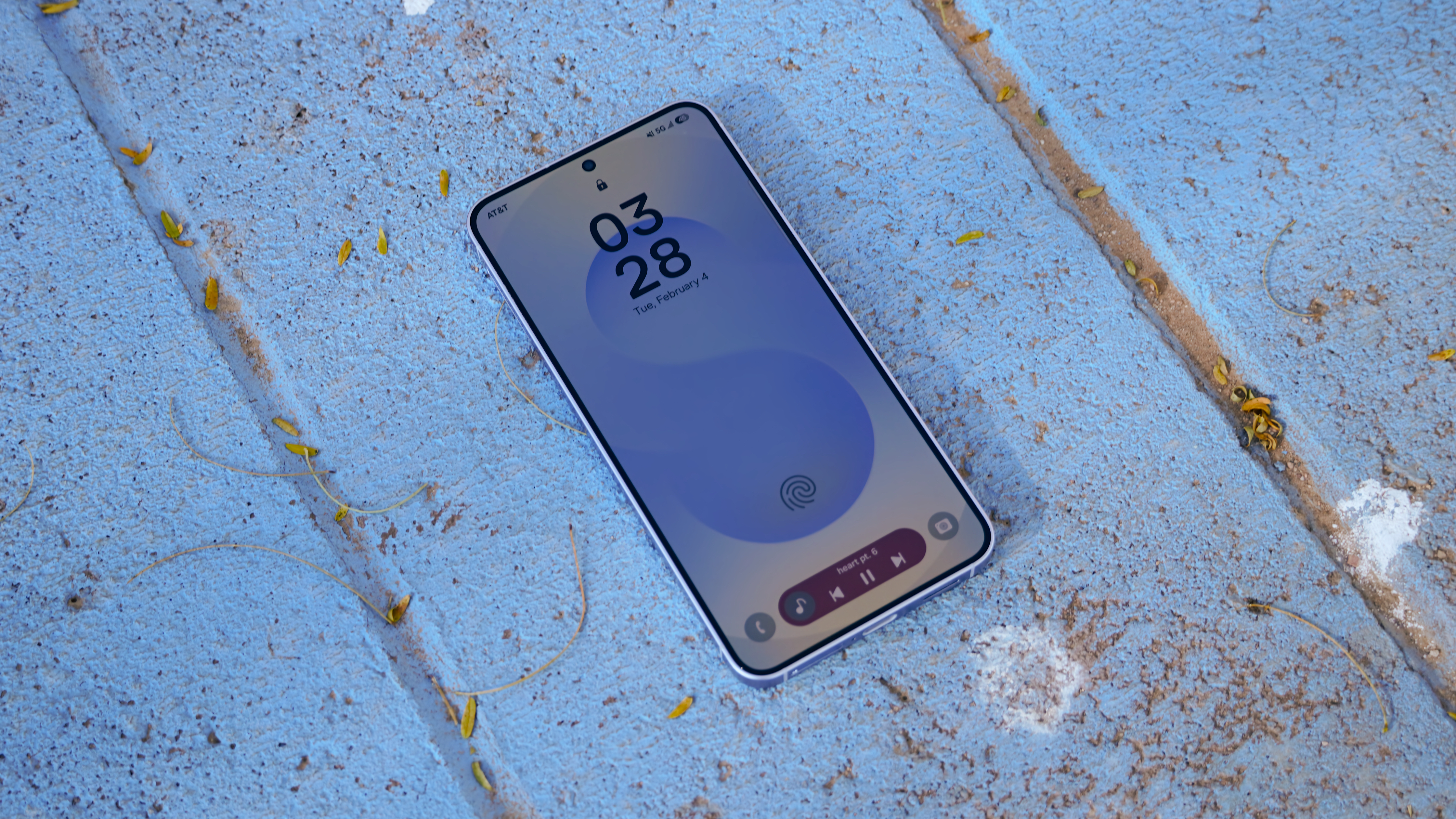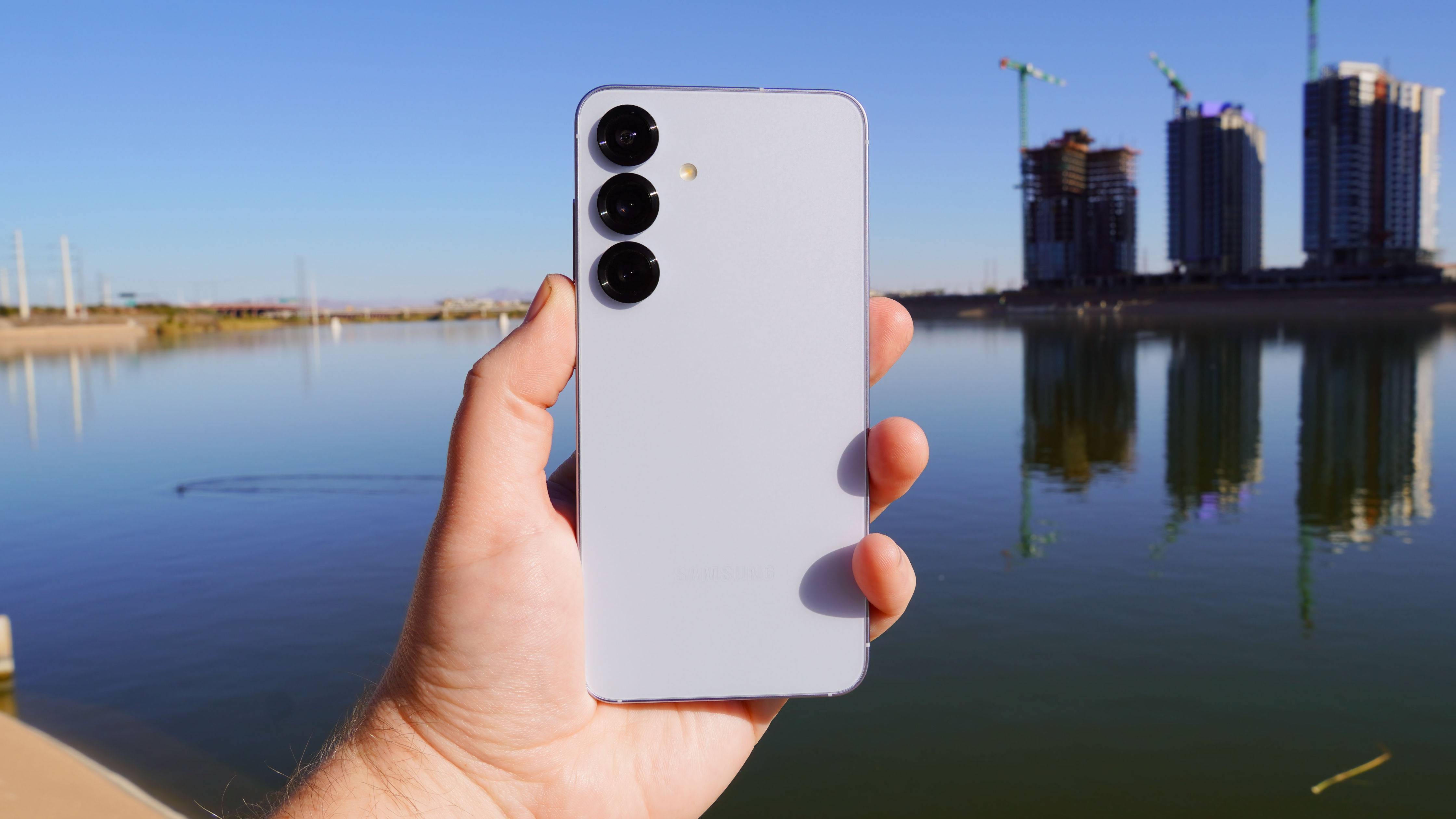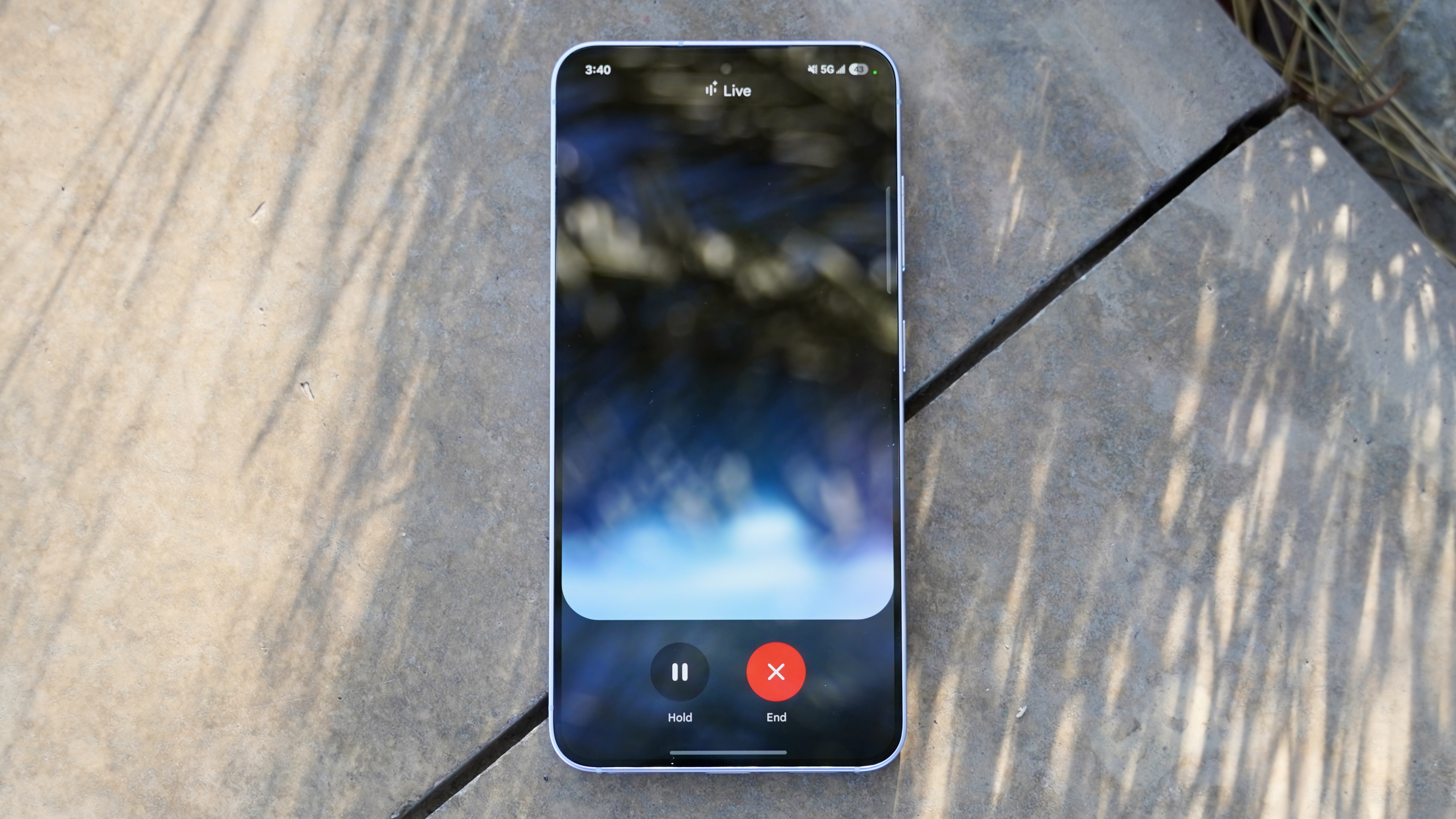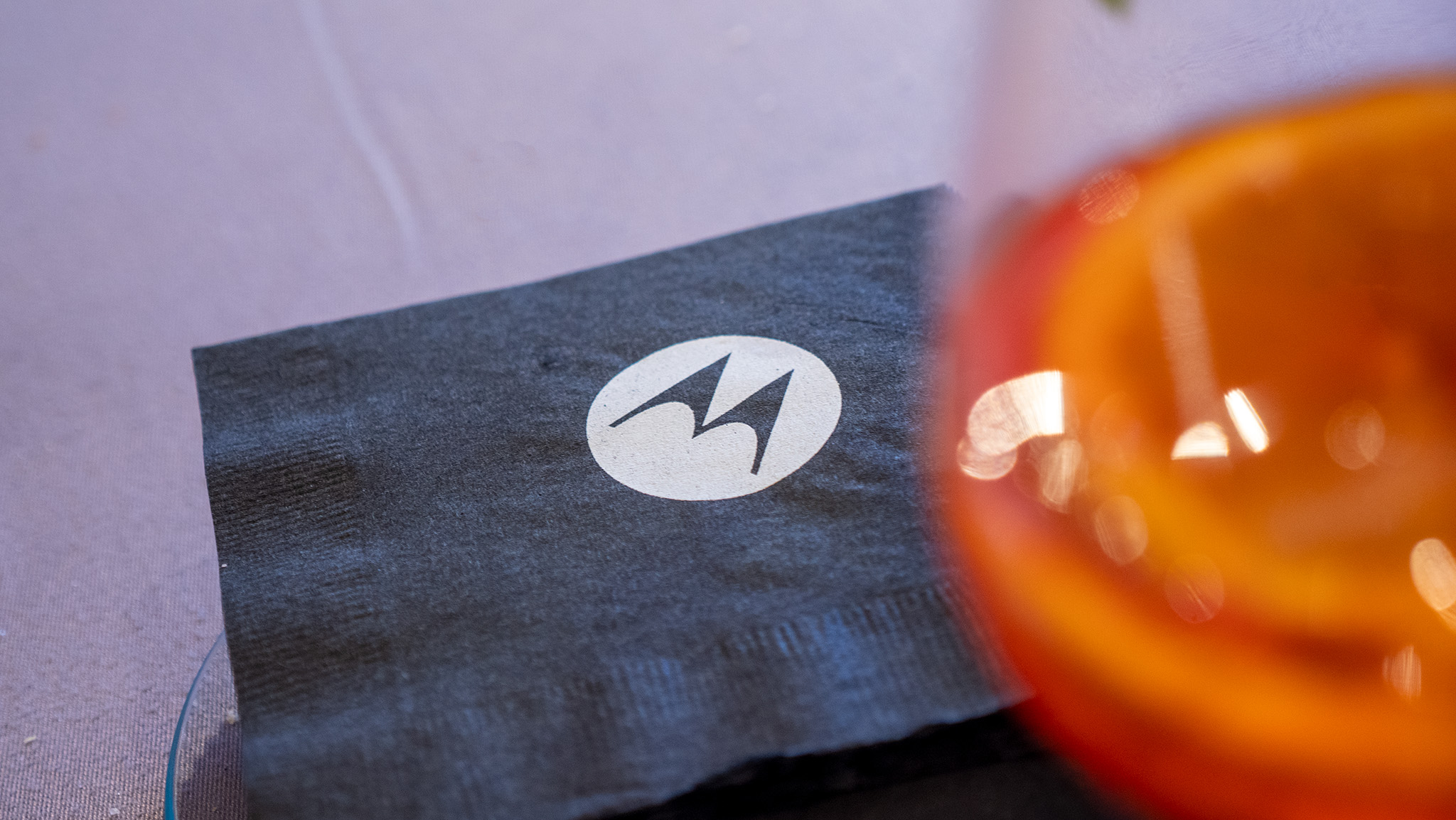Motorola Edge 2025 vs. Samsung Galaxy S25: Which should you buy?
From top-notch cameras to impressive battery life, there's a lot to love.

Magnificent mid-ranger
The Motorola Edge 2025 features a stunning vegan leather back panel, a swanky curved screen, and decent hardware specifications, all at a fairly reasonable price.
Pros
- Gorgeous design
- IP68/69 ingress protection
- Incredible camera system
- Solid battery life with fast wired charging
Cons
- Not everyone likes curved screens
- Disappointing update policy
- Hardware isn't suited for resource-intensive tasks

Fabulous flagship
The Samsung Galaxy S25 packs top-tier hardware specifications, a versatile triple-lens camera setup, and years of software support, all in a compact yet tough chassis.
Pros
- Small and lightweight
- Top-of-the-line hardware
- Superb camera system
- Industry-leading update commitment
Cons
- Doesn't have UWB support
- Wired charging continues to be extremely slow
- No major design improvements
Comparing Motorola Edge 2025 vs. Samsung Galaxy S25 can seem a bit odd, since the former is a mid-ranger and the latter is a flagship. As such, these two smartphones are aimed at very different market segments and don't share much in common, be it hardware, software, or price. However, both are well-rounded products that pack tremendous value for money.
The Samsung Galaxy S25 offers everything you'd expect from a top-tier flagship, including powerhouse internals, fabulous AI-powered features, and a compact form factor. On the other hand, the Motorola Edge 2025 is a balanced mid-ranger that comes with a durable design, great battery life, and solid cameras. That's all well and good, but which of these two devices is better suited for your requirements?
Find out, as we see how Motorola Edge 2025 vs. Samsung Galaxy S25 stack up against each other.
Motorola Edge 2025 vs. Samsung Galaxy S25: Design, display, and hardware
Over the last few years, Motorola and Samsung have been fairly consistent with the overall design language of their smartphones, so it's no surprise that the Edge 2025 and the Galaxy S25 look largely identical to their respective predecessors. That being said, both look and feel equally premium, with the Motorola Edge 2025 having a textured vegan leather back, and the Samsung Galaxy S25 featuring a smooth glass rear. While both smartphones have ingress protection, the IP68/IP69 rating of the Motorola Edge 2025 makes it a bit tougher than the Samsung Galaxy S25, which only comes with an IP68 certification.

Up front, the Edge 2025 sports a 6.7-inch curved P-OLED panel that's shielded by Gorilla Glass 7i and can hit a peak brightness of 4,500 nits. With the Galaxy S25, you get a 6.2-inch flat Dynamic AMOLED screen that's secured by Gorilla Glass Victus 2 and can reach a peak brightness of 2,600 nits. Needless to say, both are fantastic displays having vibrant colors, 120Hz refresh rate, full HDR support, and much more.
Arguably the biggest visual difference between the two smartphones is their physical footprint. While the Motorola Edge 2025 isn't exactly unwieldy, it can't be used with one hand. Conversely, the Samsung Galaxy S25 is purpose-built for one-handed use, and is easily the best small Android phone currently available in the market.

Powering the Edge 2025 is a MediaTek Dimensity 7400 chipset, along with 8GB of RAM and 256GB of internal storage. These specifications are sufficient for everyday usage, but as Android Central's Nicholas Sutrich noted in his Motorola Edge 2025 review, the phone struggles quite a bit when it comes to resource-intensive tasks like gaming.
Get the latest news from Android Central, your trusted companion in the world of Android
Then there's the Galaxy S25, which is driven by a Qualcomm Snapdragon 8 Elite SoC, along with 12GB of RAM and at least 128GB of onboard storage. Unsurprisingly, these specifications allow the phone to make quick work of just about anything you throw at it.
Category | Motorola Edge 2025 | Samsung Galaxy S25 |
|---|---|---|
Dimensions | 161.2 x 73.1 x 8.0 mm | 146.9 x 70.5 x 7.2 mm |
Durability & Material(s) | Corning Gorilla Glass 7i (Front), Vegan Leather (Back), IP68/69 certification | Corning Gorilla Glass Victus 2 (Front & Back), IP68 certification |
Weight | 181g | 162g |
Display | 6.7-inch pOLED, 1220x2712 pixels resolution, 120Hz refresh rate, 4500 nits peak brightness | 6.2-inch Dynamic AMOLED, 1080x2340 pixels resolution, 120Hz refresh rate, 2600 nits peak brightness |
Chipset / SoC | MediaTek Dimensity 7400 | Qualcomm Snapdragon 8 Elite |
RAM & Storage | 8GB & 256GB | 12GB & 256GB/512GB |
Sensors | Fingerprint reader (under display, optical), Accelerometer, Gyroscope, Proximity, Ambient Light | Fingerprint reader (under display, ultrasonic), Accelerometer, Gyroscope, Proximity, Ambient Light |
Connectivity | Wi-Fi 6E, Bluetooth 5.4, Dual-SIM 5G, NFC, and USB-C | Wi-Fi 7, Bluetooth 5.4, Dual-SIM 5G, NFC, and USB-C |
Other Features | Stereo speakers, Smart Connect | Stereo speakers, DeX (wired & wireless) |
Battery & Charging | 5,200mAh, 68W wired charging, 15W wireless charging | 4,000mAh, 25W wired charging, 15W wireless charging |
Cameras (Rear) | 50MP (wide-angle), 10MP (telephoto with 3x optical zoom), 50MP (ultrawide), OIS, 4K video recording | 50MP (wide-angle), 10MP (telephoto with 3x optical zoom), 12MP (ultrawide), OIS, 8K video recording |
Camera (Front) | 50MP (wide-angle), 4K video recording | 12MP (wide-angle), 4K video recording |
OS & Update Policy | Android 15 (preinstalled), 2 years of OS and 3 years of security updates | Android 15 (preinstalled), 7 years of OS and 7 years of security updates |
Color Options | Deep Forest | Standard: Navy, Mint, Icy Blue, Silver Shadow | Online Exclusive: Blueblack, Coralred, Pinkgold |
Both smartphones have all the essentials such as Wi-Fi 6E/7, Bluetooth 5.4, multi-band 5G support, NFC, and stereo speakers. You also get under-display fingerprint sensors on both devices, although the Galaxy S25's ultrasonic sensor is going to be a bit faster than the Edge 2025's optical sensor.
Motorola Edge 2025 vs. Samsung Galaxy S25: Software, cameras, and battery
Even though both smartphones run Android 15 out of the box, there's a substantial difference in their software experience. The Edge 2025 comes with Motorola's Hello UI overlay, which adds several nifty features (e.g., Smart Connect), while still keeping the overall appearance largely the same as stock Android. With the Galaxy S25, you get Samsung's One UI 7 overlay, which has its own set of useful features (e.g., Wireless DeX), but doesn't even remotely resemble stock Android.
And since you just can't have a smartphone these days without some AI thrown into the mix, each device comes with its own suite of AI-powered tools. The Edge 2025 packs Motorla's Moto AI, with features like summarization of calls and messages, and playlist generation. Similarly, the Galaxy S25 includes Samsung's Galaxy AI, with features such as cross-app actions, personalized briefings, and real-time language translation. You also get Google's Gemini and a whole bunch of editing applications on both of these smartphones.

While the software experience is comparably good on both devices, the same isn't true when it comes to software support. Slated to receive just two years of OS and three years of security updates, the Edge 2025 is not even in the same ballpark as the Galaxy S25, which will receive seven years of OS and security updates. Granted, it's not a top-of-the-line device like the Galaxy S25, but when you can get so many cheap Android phones with better update commitments, there's no reason for the Edge 2025 to have such abysmal software support.
Talking about cameras, both smartphones pack similar triple-lens rear camera systems, complete with features like OIS and high-resolution video recording. The camera setups on both devices include a primary wide-angle sensor, a telephoto lens with 3x optical zoom, and an ultrawide module. The Galaxy S25 is expected to capture awesome photos, considering the fact that it's a top-tier phone. However, it's the Edge 2025 that punches above its weight, delivering incredible images in all kinds of lighting conditions.

Although the Galaxy S25 only has a 4,000mAh battery due to its small size, don't let that fool you. As noted by Android Central's Brady Snyder in his Samsung Galaxy S25 review, the phone can hit more than six hours of screen-on time with mixed usage. Wired charging remains disappointingly slow at 25W, and you also get 15W wireless charging support.
On the other hand, the Edge 2025 comes with a 5,200mAh battery that lets you use the phone throughout the day. The blazing-fast 68W wired charging means you only need to wait a few minutes for a top-up, and there's support for 15W wireless charging as well.
Motorola Edge 2025 vs. Samsung Galaxy S25: Which should you buy?
Whether you go for the Motorola Edge 2025 or the Samsung Galaxy S25, there's no denying that you'll be getting an Android device that ticks most (if not all) of the right boxes. Having a price tag of $550, the Edge 2025 features a gorgeous design and decent specifications, but the lackluster update policy doesn't do it any favors. The Galaxy S25 sports best-in-class hardware and will be supported for years to come, but with a price tag of $800, it's quite expensive. Interestingly, both have versatile software, excellent cameras, and solid battery endurance. There's no really wrong option here, so the question is, which of these phones is right for you?

The answer is simple! If you're a heavy user and hold on to your smartphone(s) for a long time, the Samsung Galaxy S25 is definitely worth it. Conversely, if your usage is a bit more basic and you upgrade your smartphone(s) every year or two anyway, we recommend buying the Motorola Edge 2025 and saving the extra cash.

Everything you need
With the Motorola Edge 2025, you get a balanced mid-range smartphone that offers awesome cameras, great battery life, and a design that belies the device's relatively affordable price tag.

Everything you want
With the Samsung Galaxy S25, you get a powerhouse flagship smartphone that comes with stellar cameras, years of software updates, and a design that's ideal for effortless one-handed usage.

When Rajat got his first Personal Computer—a Pentium III machine with 128MB of RAM and a 56kbps dial-up modem—back in 2001, he had little idea it would mark the beginning of a lifelong love affair with gadgets. That fascination, combined with a penchant for writing and editing, ultimately led to him becoming a technology journalist. Some of his other interests include Photography, Hand Lettering, and Digital Typography. Rajat is also somewhat obsessed with wrist-worn timepieces and appreciates a Casio just as much as a Jaeger-LeCoultre.
You must confirm your public display name before commenting
Please logout and then login again, you will then be prompted to enter your display name.
